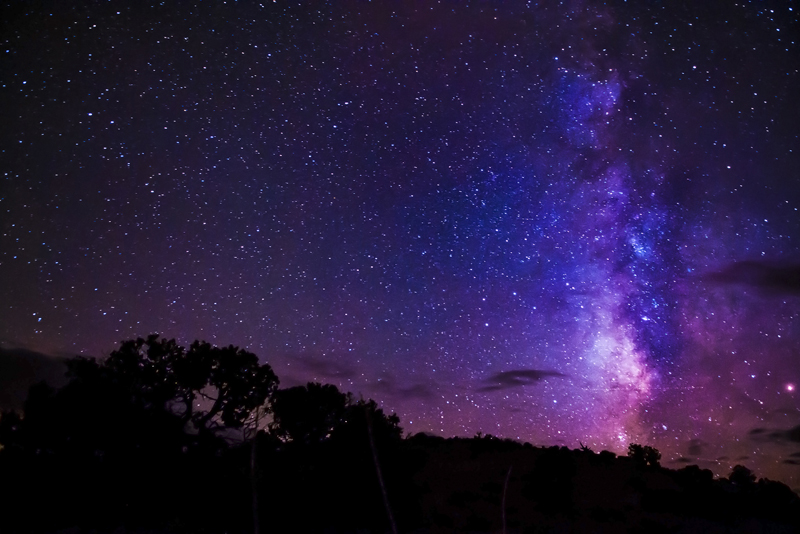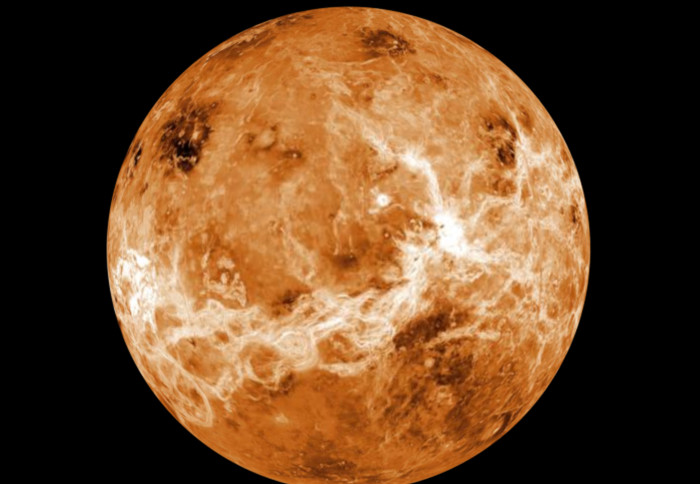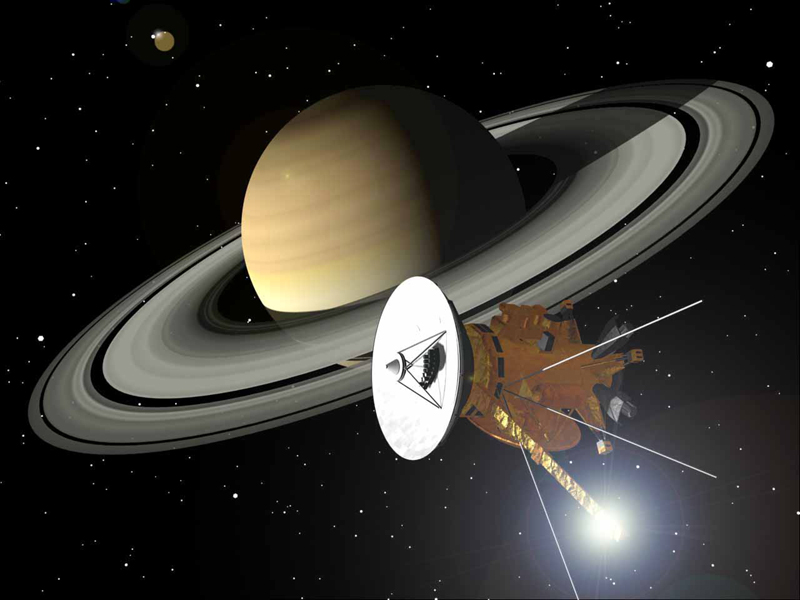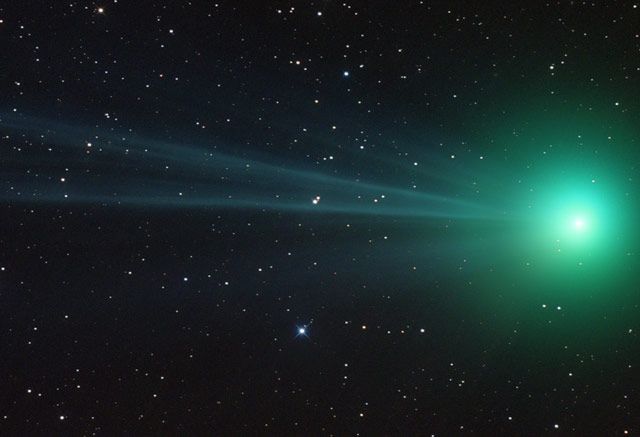Hi everybody
Here's the latest article from the Astronomy site at BellaOnline.com.
Galaxy Facts for Kids
The Milky Way used to be the only galaxy people knew. Big telescopes changed that. Now we know there are billions of them. They come in different sizes and shapes and have some surprises for us.
http://www.bellaonline.com/articles/art179799.asp
This article is a simpler version of “What Is a Galaxy”: http://www.bellaonline.com/articles/art179279.asp
Although it says “for kids” it's suitable for anyone!
*Astronomers on the Mountain Tops*
As a follow-up to last week's article, I put some additional material in the Astronomy Forum:
http://forums.bellaonline.com/ubbthreads.php/topics/807598/Astronomers_on_the_Mountain_To#Post807598
(1) The article is about the Celeste spectrometer team on Mauna Kea. Another group of astronomers who took an infrared spectrometer to Mauna Key made a little video called “Hotel Mauna Kea”: http://www.youtube.com/watch?v=XPdTlHK1h_0. It's a parody of the song "Hotel California." You can see the cryogen to cool the instrument, snow on the summit road and people on the summit with the clouds in the background *below* them. The lyrics mention sleep deprivation, "no air to breathe" and altitude headache.
(2) Here is a picture taken while the Celeste team was actually at the UK Infrared Telescope doing the observations of Saturn: http://pinterest.com/pin/250090585529825367/.
*Asteroids, meteors, etc.*
The close fly-by of an asteroid and the arrival of a meteor on the same day was quite memorable. But there has been some sighing about media reports that use use the wrong terms for them. I think it's understandable, because it's rather confusing, which is why I wrote “Meteor or Meteorite & Other Posers”:
http://www.bellaonline.com/articles/art29545.asp The other day I also found a nice infographic that summarizes the differences, which I pinned at http://pinterest.com/pin/250090585529768705/
*Movements in Red*
This is a beautiful timelapse video. It isn't of the night sky, but it does have a link with astronomy. It was shot using an infrared filter, so you see only what shows up in infrared. Our eyes can't detect this wavelength of radiation, but we can sometimes sense it as heat. This invisible radiation was first discovered by William Herschel and it's valuable to astronomers. It detects structure that doesn't show up in the visible range and can penetrate dust. This means they can probe stellar nurseries and other dusty features. http://vimeo.com/58232705
For a variety of astronomy images, follow me on Pinterest at: http://pinterest.com/astrobella/
To participate in online discussions, this site has a community forum all about Astronomy located here - http://forums.bellaonline.com/ubbthreads.php?ubb=postlist&Board=323
Please visit astronomy.bellaonline.com for even more great content about Astronomy.
I hope to hear from you sometime soon, either in the forum or in response to this email message. I welcome your feedback!
Do pass this message along to family and friends who might also be interested. Remember it's free and without obligation.
I wish you clear skies.
Mona Evans,
Astronomy Editor
One of hundreds of sites at BellaOnline.com
.
astronomy Newsletter








